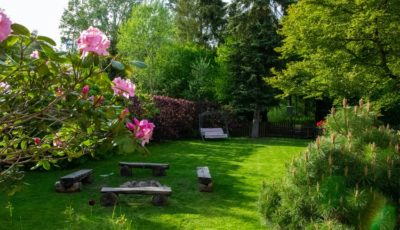How to Keep Your Trees Nice and Healthy
It is great to have trees on a property. Apart from their shade and beauty, they also add value to a property. It makes sense to protect and nurture them so that people can appreciate them for generations. You can keep your trees nice and healthy by taking excellent care of them in the following ways.
Plant them in the right place
Choose trees that do well in your area and plant them in a spot that gets enough sunlight. The spot should also have adequate space for them to grow fully. Avoid planting them in spots close to underground utility lines, power lines, or your home. You should also avoid planting the seedlings too deep.
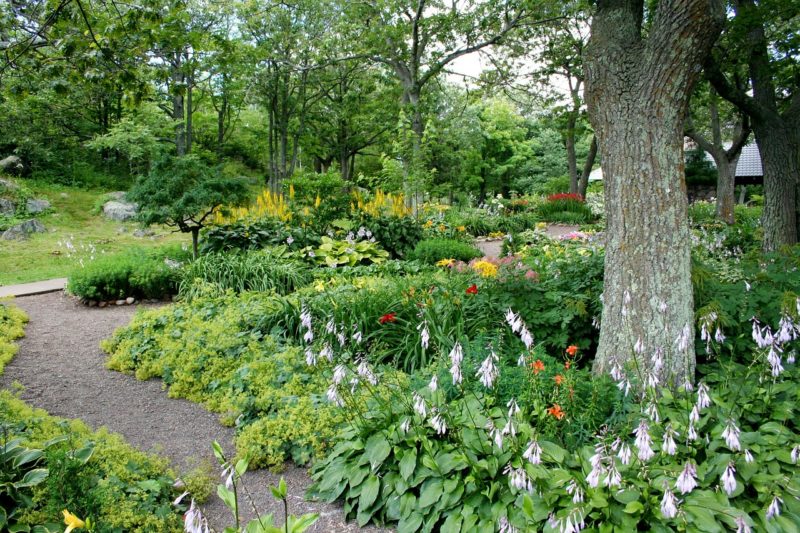
Irrigate effectively
It has been many days since it rained, perform irrigation. Mature trees usually need an inch of water after a week while younger ones need about 4 to 10 gallons of water every week during the first or second growing season. Although the mature ones can thrive in existing moisture and soil conditions, an extended drought might kill them, depending on the local climate, species and soil conditions. They need to be irrigated during drought conditions or in the heat of summer, and deep watering is the appropriate schedule for irrigating them.
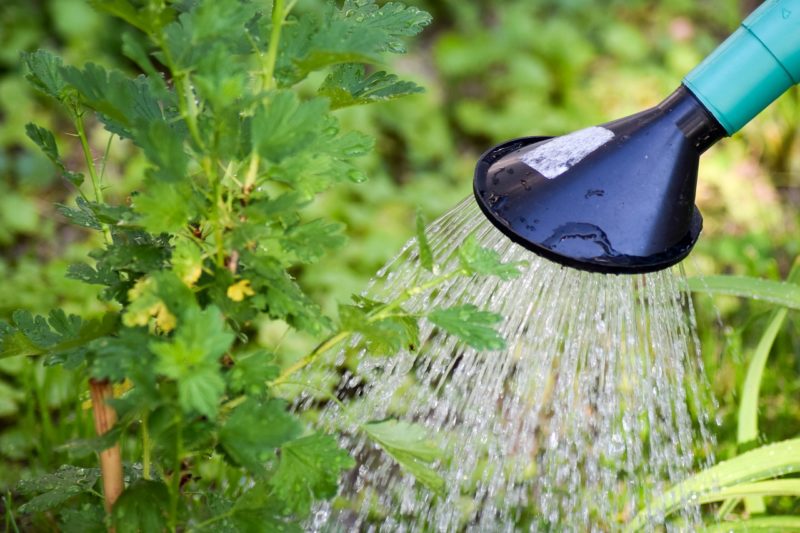
Use mulch
You can choose to apply organic or inorganic mulch. Different mulches are available, including sawdust, straw, shredded leaves, wood chips, composted animal manure and shredded rubber. Mulch offers benefits like helping the soil to keep moisture and protecting roots from lawn mower cuts. Organic mulch adds nutrients to the soil when it decomposes. To apply mulch appropriately, here are some things you need to know. You should maintain a 2 to 4-inch layer of mulch to avoid smothering the roots. When applying mulch, make sure you do not cover the base of the trunk because it can hold excessive moisture against the bark and create favorable conditions for the bark to rot. Avoid removing mulch when you apply it since this may cause the soil to get dry and ruin plant roots, which have grown accustomed to the mulch.
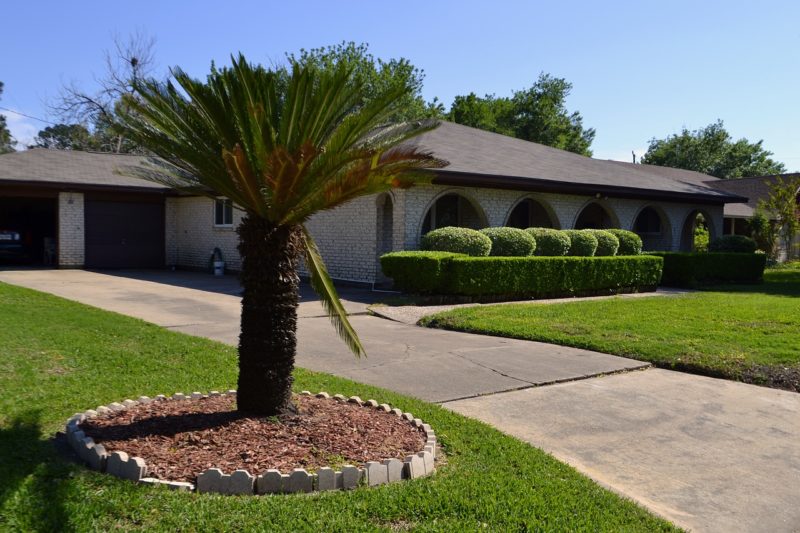
Protect the roots
Plants cannot be healthy if the roots are not. Healthy soil is also critical. The roots need to absorb oxygen and it is therefore essential for soil to have air space. Compacted soil is a threat to roots, since compaction impedes the infiltration of water and oxygen into the root zone. Make sure you protect the soil and roots within the critical root zone (CRZ) of your trees. A tree’s drip line defines the CRZ. Basically, it is the imaginary circle that you can draw on the ground in line with where the branches extend. Although the roots extend beyond the CRZ and the ones below the ground are asymmetrical with the branches above the ground, the roots within this zone are highly sensitive to disturbance. Therefore, avoid changing the grade of the soil or compacting the soil or within the CRZ. Compacting the soil around this area can ruin the soil structure and roots.
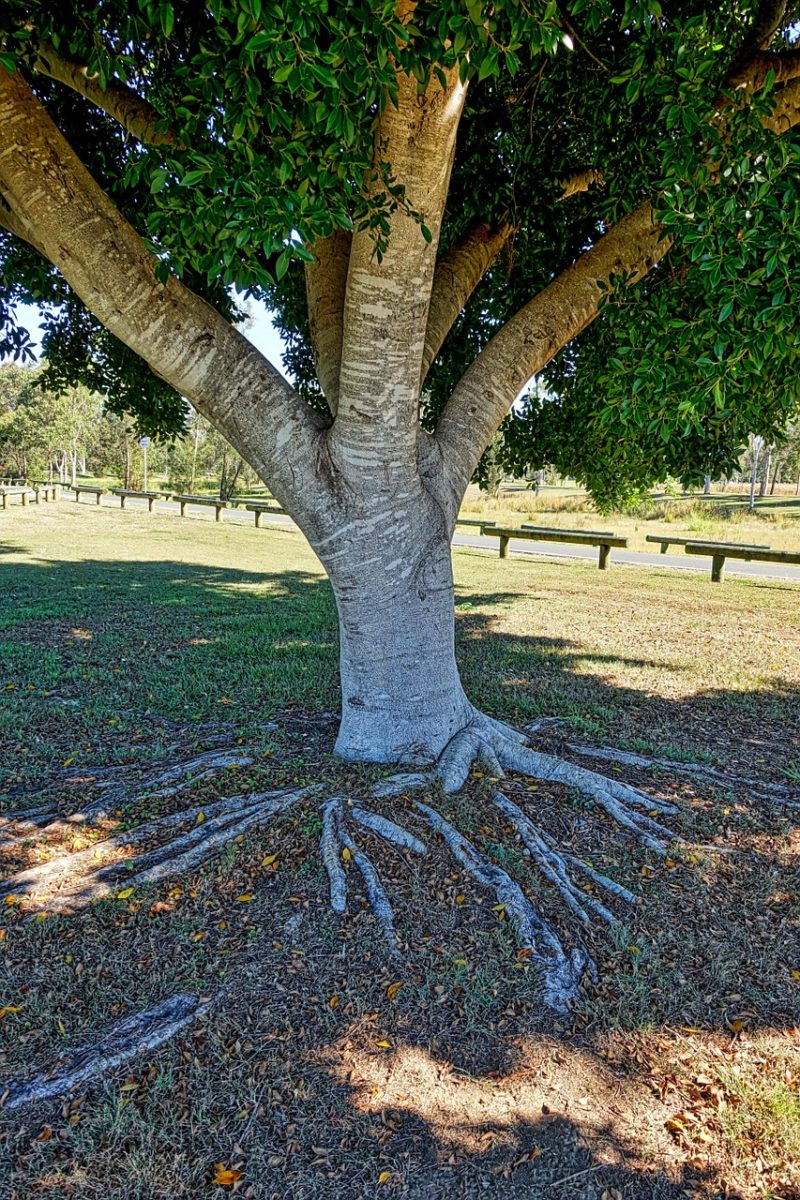
Apply fertilizer
In the forest, decomposing natural plant materials add nutrients to the soil around trees. However, in their yard, property owners eliminate the sources of nutrients such as grass clippings and dead leaves. Fertilizers solve this issue. Apply slow-release fertilizers regularly to add nutrients to the soil. Furthermore, test the soil periodically to determine if any elements are in short supply or absent altogether.

Prune properly
Proper pruning improves the structure of plants while removing the deadwood that holds them back. The best time to perform pruning is during the dormant winter season before they push out new growth in the spring. Consider the overall structure of a tree and choose the branches that need trimming. Some of the branches you should remove include the ones that cross and rub against each other, broken or dead branches and low branches. If you do not have experience with pruning, hire an arborist to teach you the proper technique or do the pruning on your behalf. During the summer, concentrate on clearing out small, damaged or dead twigs.
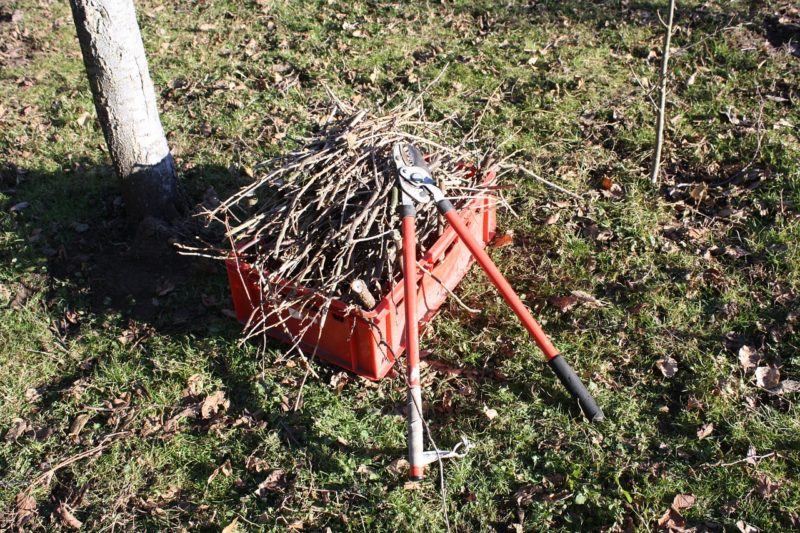
Protect barks
If the bark gets damaged, fungal or bacterial infections can easily take hold. It can rot from the inside because of a fungal or bacterial infection. Some things that can damage barks include:
- Lawn equipment–Steer mowers and all lawn equipment from trunks.
- Rubbing branches—Prune entwined branches or those rubbing against each other to prevent damage to the bark.
- Rotary spray heads—If the sprinkler heads hit the trunk at close range in the same place, they may injure the bark. Redirecting the spray arc of a spray head to ensure that it does not force a stream of water directly to the bark can prevent this kind of damage.
- Vehicles—Plants growing close to roads and driveways might suffer hits from vehicles like tall trunks. You can remove the lower limbs from trees in such areas to prevent damage. You can also use small reflectors to make their trunks visible at night.
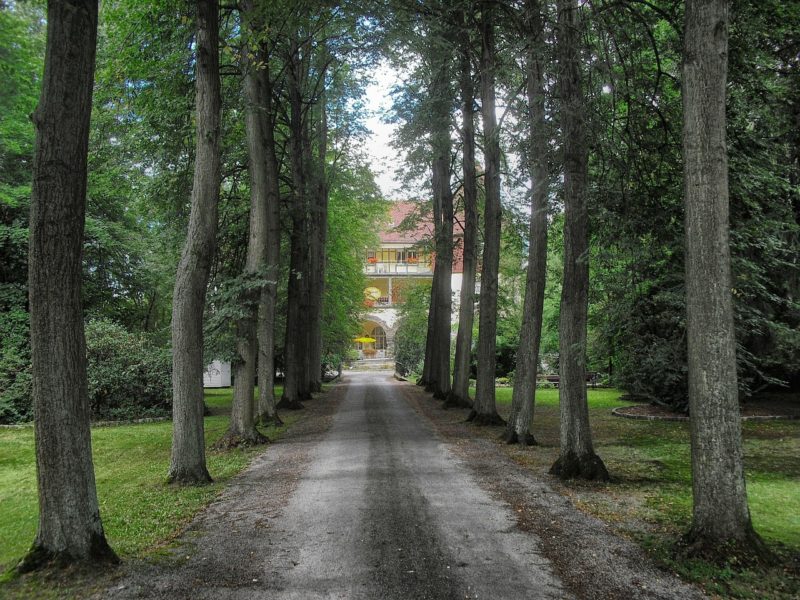
Trees are valuable plants around homes, urban landscapes and communities. To provide them with proper care, you need to understand their biology. Plants interact with their environment constantly, including changes in light, temperature, moisture, and soil. Protecting them from harm and ensuring that they get nutrients and water ensures long-term healthy growth and a beautiful appearance.

